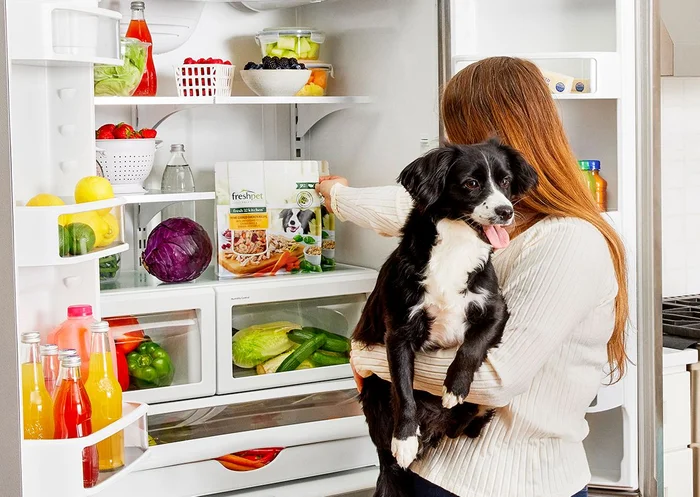popular searches

Ask Dr. Aziza: How to Check Your Dog's Vitals
written by Ellie Walker
As a veterinarian, there are many things I observe and measure to assess the health of a dog. If you’re interested in learning how to do the same, I recommend keeping it simple and sticking to the fundamentals, which is learning how to check your dog’s vitals.
When learning how to check dog vitals, there are four key signs you’ll need to focus on:
Vital sign #1: Temperature
Dogs have higher normal body temperatures compared to us humans – the average temperature range for a dog is 100.5 to 102.5 degrees Fahrenheit. At the vet clinic, we prefer to check the temperature rectally, but if you are not able to perform this at home that’s okay. Check with your veterinarian to see if they have any ear thermometers they can recommend.
- Red flag: Temperatures that are too high or low can indicate serious illness like heat stroke, infection, shock, or pain.
Vital sign #2: Heart rate
If you don’t own a stethoscope, don’t worry! You can still assess your dog’s heart rate at home by following these steps:
- Place your hand on their chest and feel for the heartbeat
- The normal range for dogs (especially when they are calm) is 70 to 130 beats per minute
- Count the number of beats in 15 seconds and multiply by 4
With your hand, you’ll also be able to get a feel of the heart's rhythm, which should be nice and even like a drumbeat.
- Red flag: If the heartbeat seems erratic, you may be feeling an arrhythmia or an abnormal heart rhythm.
Vital sign #3: Respiratory rate
You can determine your dog’s respiratory rate by simply watching. The dog’s chest will extend outward and inward, which counts as one breath. Like the heart rate, count the number of breaths you see in 15 seconds and multiply by 4 – the normal respiratory rate for dogs is 16 to 30 breaths per minute. A dog’s breaths should be nice and even, almost effortless.
- Red flag: If it seems as though the abdomen is contributing to the breaths, or breathing seems to be more difficult than what you have observed in the past, your dog may be in respiratory distress and should be seen by a veterinarian immediately.
Vital sign #4: Mucous membranes
The easiest way to check your dog’s mucous membranes is to check their gums. The moisture and colour of your dog’s gums are both very important in assessing health. Your dog’s gums should be wet from saliva and be a nice, normal pink color.
- Red flag: If the gums are dry or sticky, your dog may be dehydrated. If the colour has changed from pink to yellow, white, blue, or red, immediately contact your primary care veterinarian or the nearest emergency hospital.
Knowing how to check dog vitals is an important skill for pet parents to learn, as it can give them early warning when an emergency may be arising. By knowing what to look for in each vital, you can tell when something isn’t right and contact your veterinarian promptly, saving precious time.































